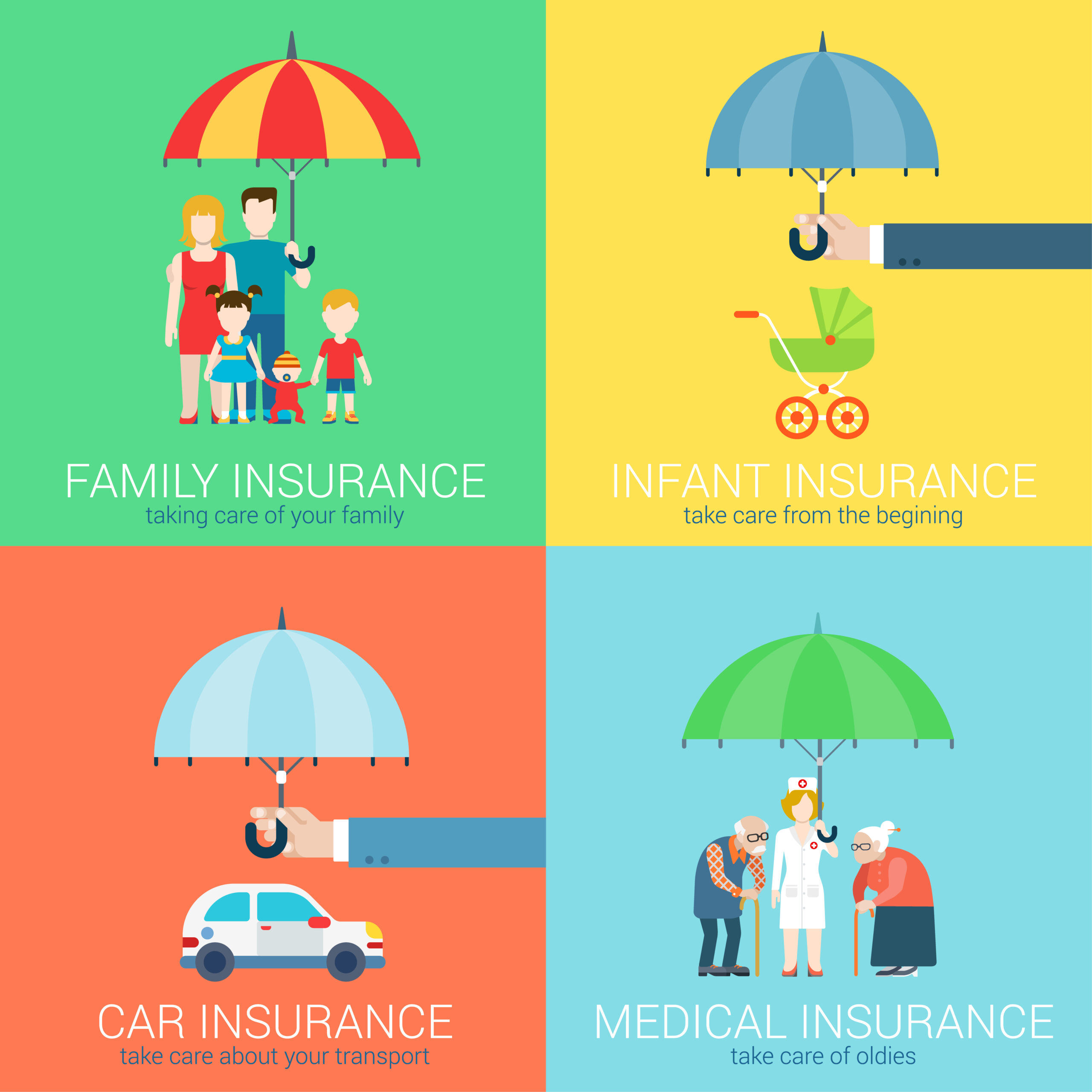Motorcycle insurance is forriding a motorcycle is an exhilarating experience, offering a sense of freedom that few other modes of transportation can match.
However, before hitting the open road, new riders must ensure they are properly protected. insurance is not just a legal requirement in most places—it is a crucial safeguard against financial and personal risks.
Understanding the nuances of motorcycle insurance can help new riders make informed decisions and avoid costly mistakes.
Why Motorcycle Insurance Is Essential
Unlike cars, motorcycles offer little in the way of physical protection. In an accident, riders are far more vulnerable to injury, and repair costs can be significant.
Motorcycle insurance provides financial security by covering medical expenses, damages, and liability costs. Without adequate coverage, a single mishap could lead to financial ruin.
Additionally, many jurisdictions require insurance to operate a bike legally. Riding without it can result in hefty fines, license suspension, and even confiscation of the motorcycle.
Types of Motorcycle Insurance Coverage
When purchasing motorcycle insurance, it is crucial to understand the various types of coverage available:
1. Liability Insurance
This is the most basic form of insurance and is legally required in most places. It covers damages and injuries you cause to others in an accident. However, it does not cover your own injuries or motorcycle damage.
2. Collision Coverage Of Motorcycle Insurance
Collision insurance covers damages to your motorcycle resulting from a crash, regardless of who is at fault. This is particularly valuable for new riders who may still be developing their riding skills.
3. Comprehensive Coverage
Comprehensive insurance protects against non-collision-related damages, such as theft, vandalism, natural disasters, and animal collisions. Given the high rate of motorcycle theft, this coverage can be invaluable.
4. Uninsured/Underinsured Motorist Coverage
Not every driver on the road carries adequate insurance. If you are involved in an accident with an uninsured or underinsured driver, this coverage ensures you are not left with overwhelming expenses.
5. Medical Payments (MedPay) and Personal Injury Protection (PIP)
These coverages help pay for medical bills in the event of an accident. While MedPay covers medical expenses regardless of fault, PIP extends coverage to lost wages and rehabilitation costs.
Factors That Affect Motorcycle Insurance Premiums
Several factors influence the cost of motorcycle insurance, including:
1. Rider’s Experience and Age
New riders and younger motorcyclists typically pay higher premiums due to their lack of experience and increased likelihood of accidents. Completing a certified motorcycle safety course can sometimes reduce costs.
2. Type of Motorcycle Insurance
High-performance bikes, such as sport motorcycles, generally come with higher insurance costs due to their increased risk of accidents and theft. Cruiser motorcycles and standard bikes tend to have lower premiums.
3. Location
Where you live plays a significant role in determining motorcycle rates. Urban areas with higher traffic congestion and crime rates typically have more expensive premiums than rural locations.
4. Driving Record
A clean riding history results in lower insurance rates. Traffic violations, speeding tickets, and previous accidents can significantly increase premiums.
5. Coverage Levels and Deductibles
Higher coverage limits provide better protection but also come with higher premiums. Conversely, opting for a higher deductible (the amount you pay out of pocket before insurance kicks in) can lower monthly payments.
6. Storage and Security Measures
Motorcycles stored in a garage or secured with anti-theft devices may qualify for lower motorcycle insurance premiums. Insurance providers often offer discounts for added security features such as alarms and tracking devices.
Tips for Getting Affordable Motorcycle Insurance

While insurance is a necessity, there are ways to keep costs manageable:
1. Shop Around
Insurance rates vary widely between providers. Comparing multiple quotes can help you find the best deal without sacrificing coverage.
2. Bundle Policies
Many insurance companies offer discounts if you bundle insurance with other policies, such as auto or home insurance.
3. Take a Safety Course
Many insurers provide discounts for riders who complete an approved motorcycle safety course. These courses not only reduce premiums but also improve riding skills and safety awareness.
4. Maintain a Good Riding Record
Avoiding accidents and traffic violations can lead to lower insurance rates over time.
5. Choose Your Bike Wisely In Motorcycle Insurance
Before purchasing a motorcycle, research its insurance costs. High-performance bikes often come with higher premiums, while more practical models may be more affordable to insure.
6. Increase Your Deductible
If you can afford a higher deductible, your monthly insurance premiums may decrease. However, ensure you have sufficient savings to cover the deductible in case of an accident.
7. Inquire About Discounts
Many insurers offer discounts for military personnel, experienced riders, members of motorcycle clubs, or those who install advanced security features on their bikes.
Common Mistakes to Avoid When Buying Motorcycle Insurance
Opting for Minimum Coverage – While it may be tempting to purchase the lowest required coverage, doing so can leave you vulnerable to significant financial losses.
Not Reading the Policy Carefully – Understanding the terms and exclusions of your motorcycle insurance policy is essential to avoid surprises during a claim.
Underinsured Coverage – Many riders neglect this coverage, only to find themselves in financial distress after an accident with an uninsured driver.
Failing to Update Your Policy – If you upgrade your motorcycle or move to a different location, updating your insurance policy ensures you maintain adequate coverage.
Ignoring Additional Coverage Options – Adding roadside assistance or rental reimbursement may provide valuable peace of mind in case of an emergency.
Conclusion:
For new riders, understanding motorcycle insurance is just as important as mastering riding techniques. Proper coverage ensures financial security and legal compliance while providing peace of mind on the road.
By carefully selecting the right policy, comparing options, and taking advantage of discounts, riders can enjoy the thrill of motorcycling without unnecessary financial risks.
Investing time in researching insurance today can lead to safer and more cost-effective riding experiences in the long run.


